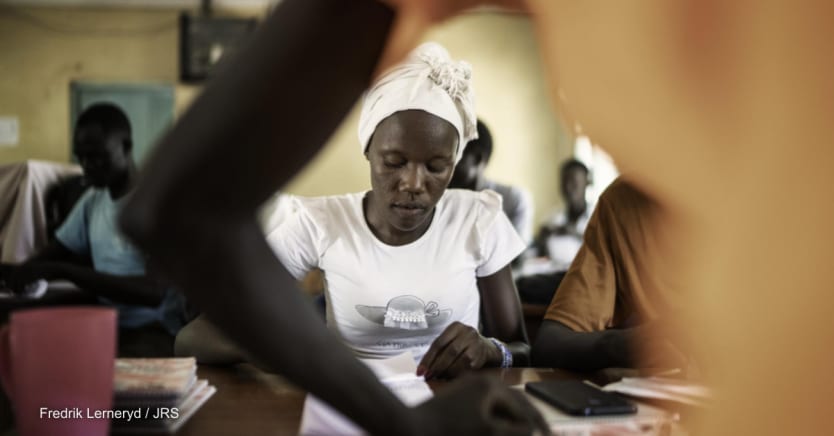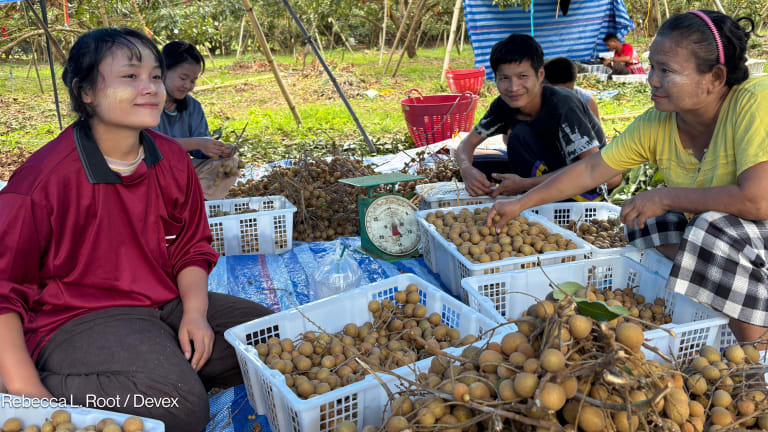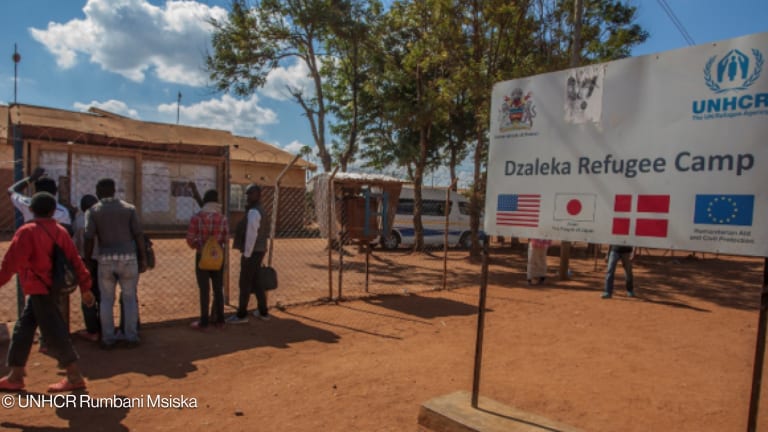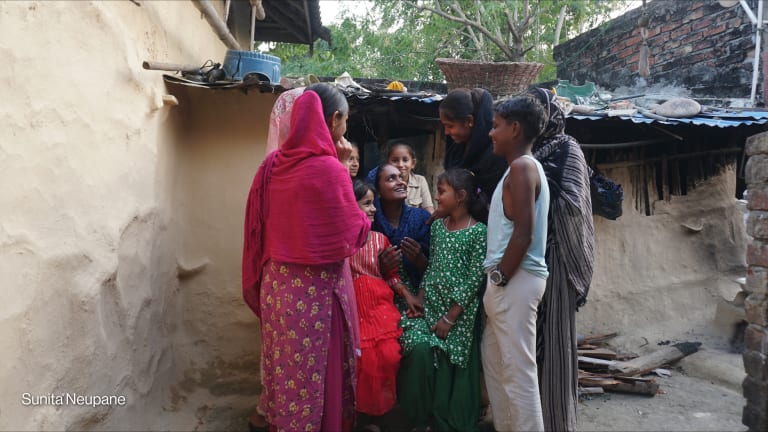
This week marks one year since the Kenyan government’s most recent call to close Kakuma and Dadaab, two of the largest and most well-known refugee camps in the world. Besides the logistical and practical challenges, closing these camps is not the solution. Instead, camp residents are desperate for investments in education and work opportunities so that they can not only live peacefully but thrive alongside their host communities.
Housing more than 200,000 refugees each, Kakuma and Dadaab were established in the early 1990s as people fled violence and conflict in neighboring countries. They have become permanent fixtures as new generations are born and raised in the camps and as refugees continue to seek safety in Kenya. In 2021, more than 27,000 new refugees were registered in Kenya, the majority of them in Kakuma as global displacement figures skyrocket amid protracted and emerging crises, climate change, and a pandemic.
While threats to close the camps are not new, the Kenyan government, the UN Refugee Agency, NGOs, refugees, and host communities continue to grapple with devising a plan for the future. In April, the government of Kenya asked UNHCR to finalize a road map outlining key steps that could be taken to find constructive ways to meet the needs of refugees and address the government’s concerns.
One of those key actions is conducting “return intentions” surveys to identify countries of origin and inform them about the potential number of returnees. While a survey has not yet been conducted in Kakuma, early results from a return intentions survey in Dadaab seem to indicate that only a minority are willing to return to their countries of origin. In fact, only 2,093 refugees in Kenya voluntarily returned to their places of origin with the help of UNHCR and its partners in 2021.
It is clear that most refugees in Kenya prefer to stay and that the camps provide critical protection and support structures for their residents. For now, intense and consistent advocacy by key stakeholders has helped encourage the Kenyan government to diminish its rhetoric regarding any immediate plans to close the camps. Yet, camp residents want more than just safety and protection; they want the opportunity to reach their full potential.
In a recent visit to Kakuma, I saw clearly that refugees and partners are working together to find sustainable pathways for independence and inclusion. But many of these efforts have hit a critical roadblock. For example, access to primary and secondary education is readily available in Kenya, with 99% of refugees enrolled in primary school and 51% enrolled in secondary school. Yet many refugees who were able to graduate from secondary school remain idle, with no prospect for further education or employment.
During my visit, I met dozens of young refugees with hopes of becoming entrepreneurs and teachers — like John, a 22-year-old from South Sudan who arrived in Kakuma when he was 4 years old. After completing secondary school, he searched for months for an opportunity to continue his studies. Finally, he enrolled in a Jesuit Refugee Service-sponsored digital literacy program that helped him master Adobe Photoshop. While John has dreams of becoming a graphic designer, he still lacks a computer, reliable access to the internet, and any job prospects.
Rather than focusing on camp closures, refugees must be appreciated for the positive contributions they can make.
—Investments in postsecondary and livelihoods programs are critical in helping refugees develop the skills they want and need to be independent, so that camps are no longer islands of solitude but instead thriving contributors to Kenyan society. These programs must not only provide access to training, but refugees deserve sustained mentoring and career counseling as they seek ways to put their skills to use.
Opportunities for longer-term employment also require support from both the private and public sectors. The private sector can provide access to trainings, internships, apprenticeships, technology, and capital, while the Kenyan government can support the full integration of refugees into society so that they can earn an income and support themselves and their families.
The Kenyan government has taken some positive steps forward in addressing these gaps, mostly recently with the passage of a new law called the Refugees Act. The legislation formally establishes the rights of refugees and asylum-seekers in Kenya and includes key provisions for integration and the authority to work, which will be critical for refugees seeking legal employment.
While all options for camp residents must be explored — including voluntary returns and pathways to third countries, like resettlement — the more realistic outcome for the majority of refugees residing in Kenya will entail building integrated communities. Rather than focusing on camp closures, refugees must be appreciated for the positive contributions they can make to Kenya’s economy. John and hundreds of others his age are ready to learn, work, and lead, taking on challenges facing their communities.








